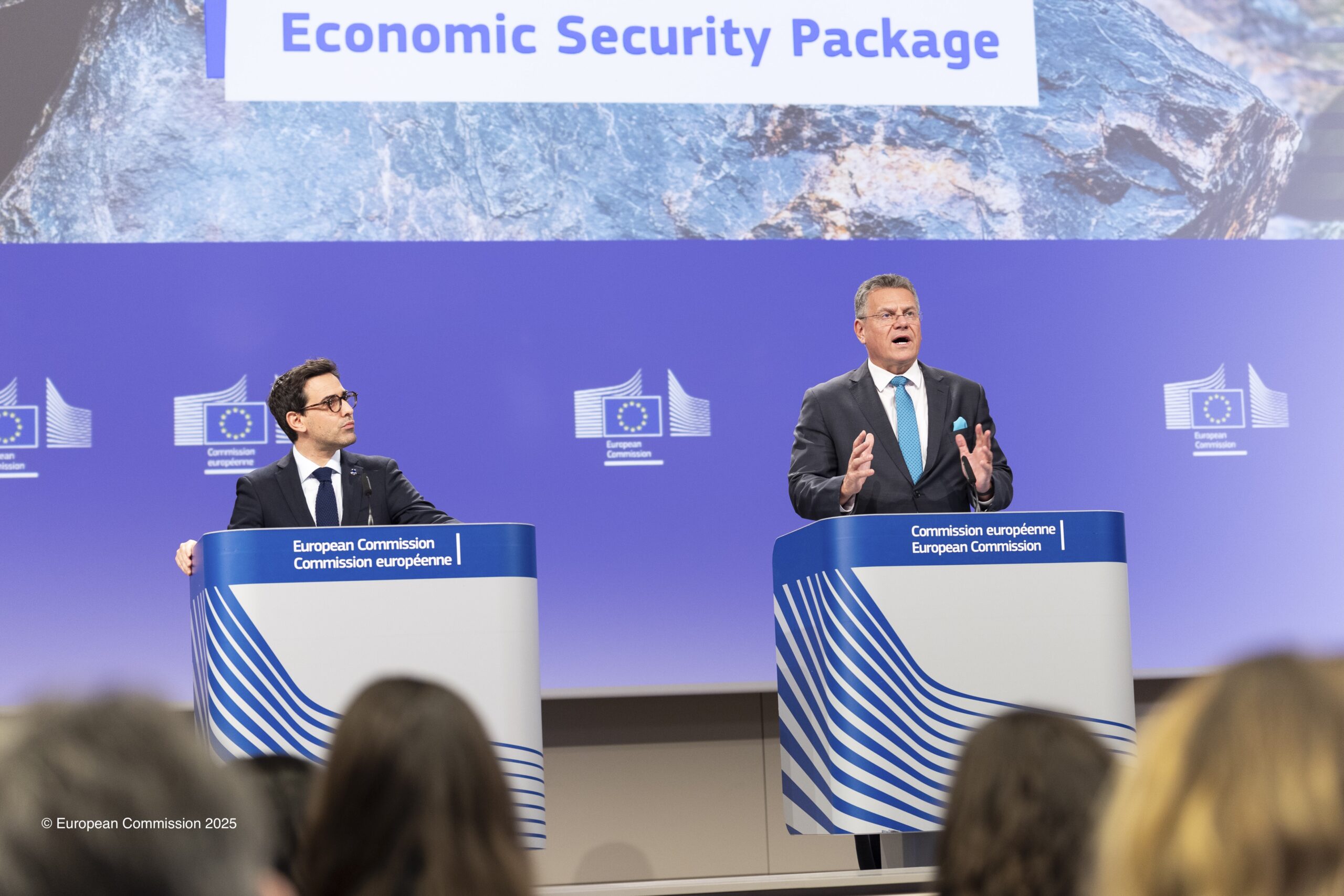Industry sources claim to the Business Post that Ireland’s prospects of securing billions of euros in offshore wind investment to meet 2030 targets are limited. Currently, there are five offshore wind projects – amounting to 3.8 GWs – in the planning pipeline. The situation worsened when Corio Generation abandoned its Sceirde Rocks wind farm. This setback, paired with a lengthy regulatory process for other projects, means that Ireland’s target of 5 gigawatts of offshore wind by 2030 now appears unachievable. This also represents an early setback for the Government’s Climate Action Plan 2025.
This news follows the publication of Ireland’s first industrial wind energy strategy, mapping offshore wind targets to 2050. In a plan presented to the government by Environment Minister Darragh O’Brien, renewable energy leaders will have the ability to bid on multiple offshore wind project sites at the same time. The objective of this move is to open up a wide range of development opportunities along Ireland’s coasts, as Minister O Brien attempts to preserve the state’s ability to meet 2030 targets – seen as crucial for maintaining confidence in the industry.
In April, EirGrid, Enterprise Ireland, and the IDA signed a memorandum of understanding of the future of offshore wind in Ireland, signalling a formal commitment to supporting offshore wind development and attracting inward investment. As part of the collaboration, training programmes on public procurement will be established to develop the supply chain required to reach 37 GW of offshore wind by 2050.
The department has little short-term recourse to improve the investment landscape – with the key obstacles still centring around planning delivery and delays in developing the requisite infrastructure. At present, a minimum of six years is required between the awarding of an Offshore Renewable Electricity Support Scheme auction contract and project completion.
In line with the Programme for Government commitments, Minister Jack Chambers announced the creation of a new infrastructure division within the Department of Public Expenditure, Infrastructure, and Reform. Crucially, industry and state agency experts will be seconded to the division, including individuals from ESB Networks, Uisce Éireann, Eirgrid and Transport Infrastructure Ireland. Initially, it is crucial to pinpoint the “specific bottlenecks” that hinder infrastructure delivery. The division will also evaluate global best practices in infrastructure development to assist in creating an action plan. These developments are likely to be welcomed in general; however, they may come too late to ensure the achievement of 2030 targets.

